News
NOIDA CITY: History, Development & Future Explained

NOIDA—short for New Okhla Industrial Development Authority—is one of India’s most well-planned and fastest-growing cities. From its humble beginnings in the 1970s to becoming a tech and infrastructure powerhouse, here’s the complete story of NOIDA’s journey through time.
How NOIDA Was Born
NOIDA was established on April 17, 1976, under the UP Industrial Area Development Act. It was envisioned as a satellite industrial township to ease population pressure on Delhi and promote organized industrial growth.
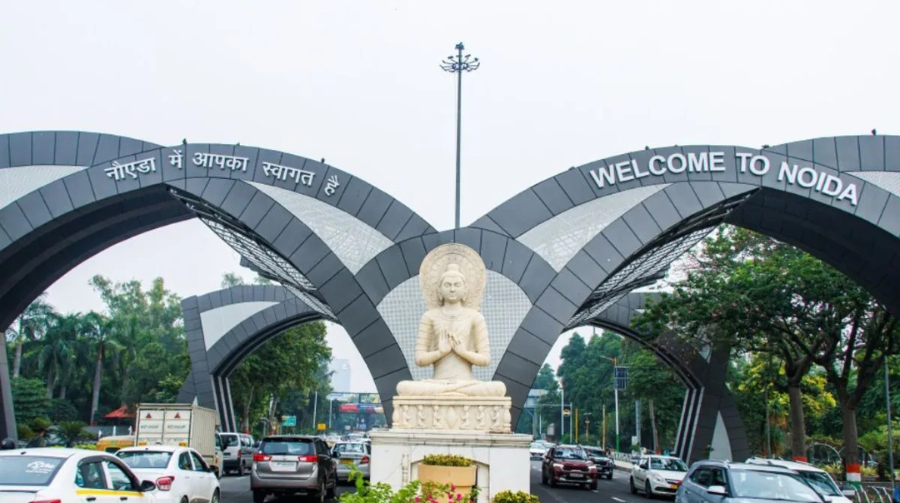
Challenges in the Early Years
- Initial land acquisition from rural regions
- Building basic infrastructure like roads, electricity, and water supply
- Gaining investor and residential trust
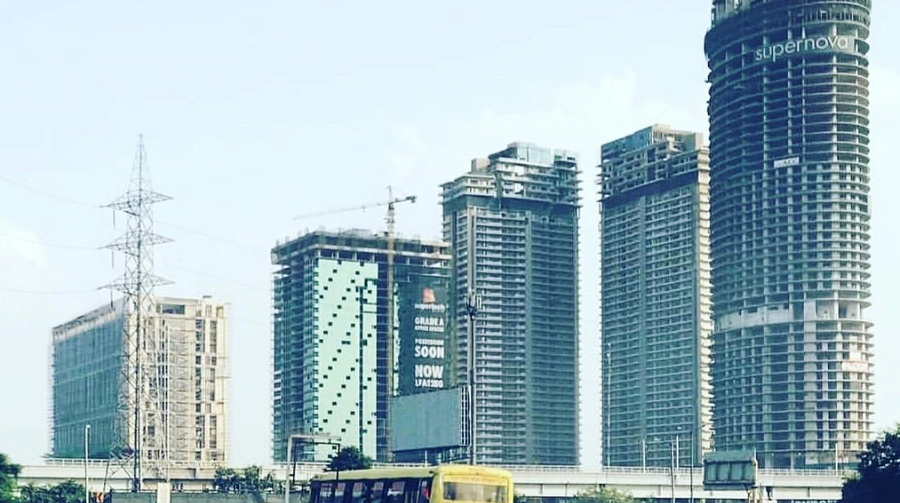
Present-Day NOIDA: A Snapshot
Today, NOIDA boasts:
- High-rise residential complexes
- Luxury malls and entertainment hubs
- Start-up ecosystems and business parks
- Sustainable urban planning with green zones

Infrastructure and Metro Connectivity
- Extensive network of expressways (e.g., Yamuna Expressway, Noida-Greater Noida Expressway)
- Seamless metro lines connecting Delhi, Noida, and Greater Noida
- Upcoming projects: Noida International Airport (Jewar), Film City, and Multi-Modal Transport Hubs
IT Hub and Industrial Growth
- Home to giants like HCL, Infosys, Adobe, TCS
- Sector 62 and Sector 63: the Silicon Valley of North India
- Multiple SEZs and data centers under construction

Education and Healthcare Development
- Leading institutions: Amity University, Shiv Nadar, and Galgotias
- World-class hospitals: Jaypee, Fortis, Yatharth
- Emphasis on digital healthcare and e-learning
What the Future Holds for NOIDA
- Noida International Airport expected to transform connectivity
- Film City Project will boost tourism and media
- Plans for 100% smart city infrastructure by 2030
- Focus on sustainability: EV hubs, solar energy zones, smart traffic management
News
Air India Targeted: DGCA Launches Safety Audit Following Ahmedabad Accident
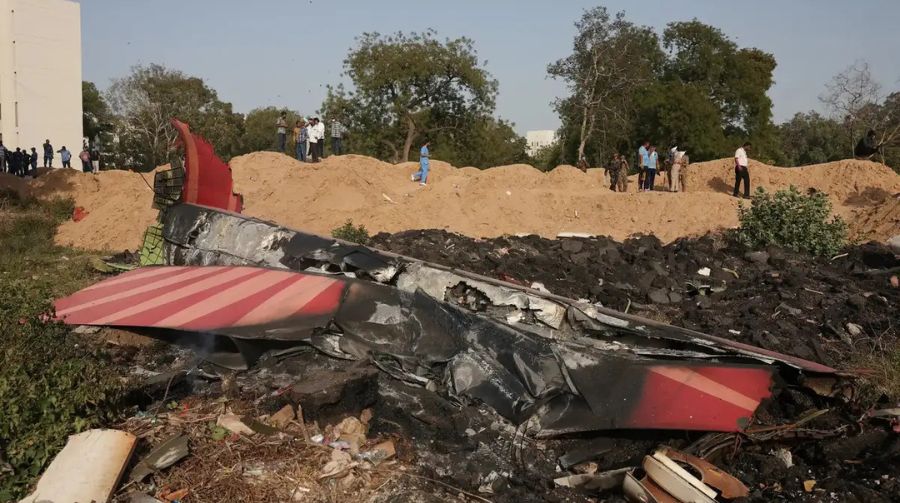
India’s Directorate General of Civil Aviation (DGCA) has initiated a comprehensive safety audit of Air India, triggered by the deadly Boeing 787 Dreamliner crash in Ahmedabad on June 12, which claimed 271 lives.
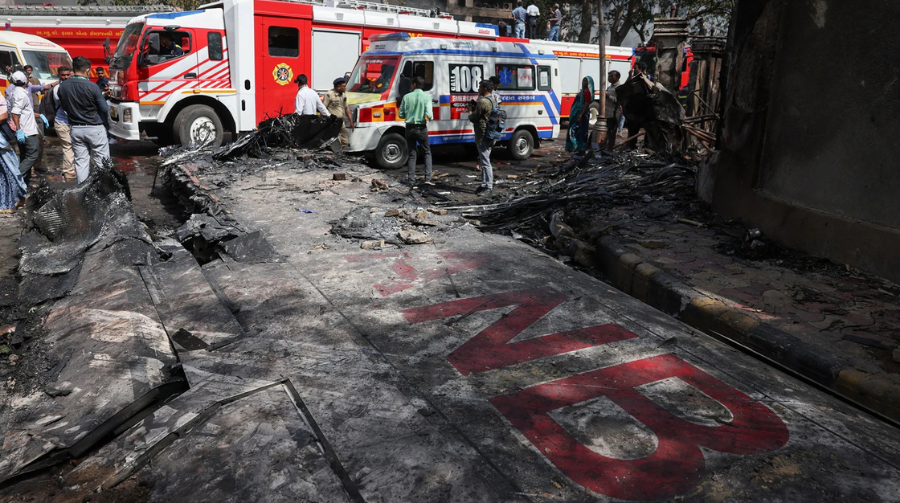
Why the Audit Was Ordered
The crash of Air India Flight AI-982 shocked the nation. Early reports point to operational lapses and possible crew mismanagement. In response, the DGCA announced an urgent audit from June 24 to 26 across Air India’s main operational hubs.
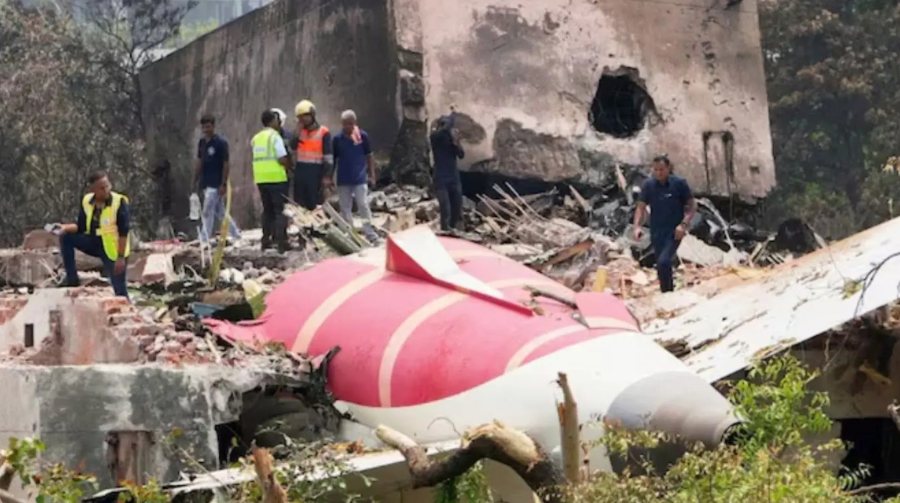
What the Audit Will Cover
The DGCA audit will investigate:
- Flight operations and SOP adherence
- Pilot duty hours and crew fatigue management
- Cabin safety and emergency preparedness
- Maintenance records and technical inspections
- Training and simulator usage records
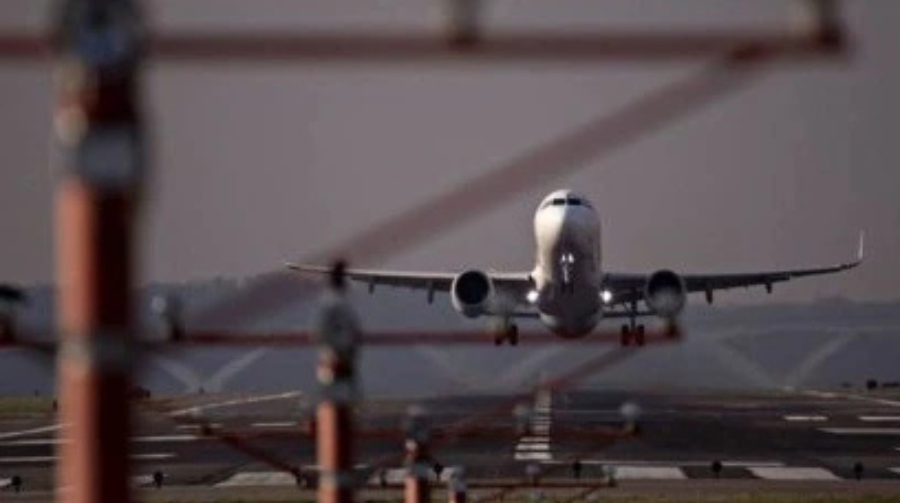
DGCA’s Previous Warnings to Air India
Even before the June crash, DGCA had flagged:
- Irregularities in cabin crew rostering
- Concerns over pilot rest periods and flight-hour limits
- Non-compliance with mandatory reporting protocols
Three senior officials were removed from duty last month after repeated non-compliance warnings.
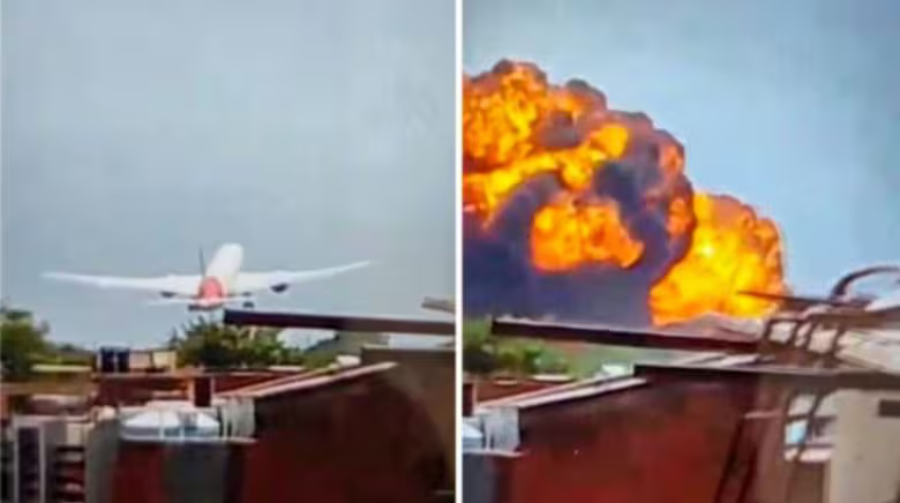
Air India’s Response
Air India stated that it:
- Welcomes the audit
- Will fully cooperate with DGCA
- Has initiated an internal review of its operational protocols
The airline also offered financial assistance and counseling support to victims’ families.
Implications for Indian Aviation
- The incident raises concerns about oversight of privatized carriers
- Could trigger audits for other airlines (e.g., IndiGo, Akasa)
- Might lead to stricter enforcement of safety protocols across all carriers
News
Israel–Iran Conflict LIVE: Israel Katz Vows “Forceful” Military Response
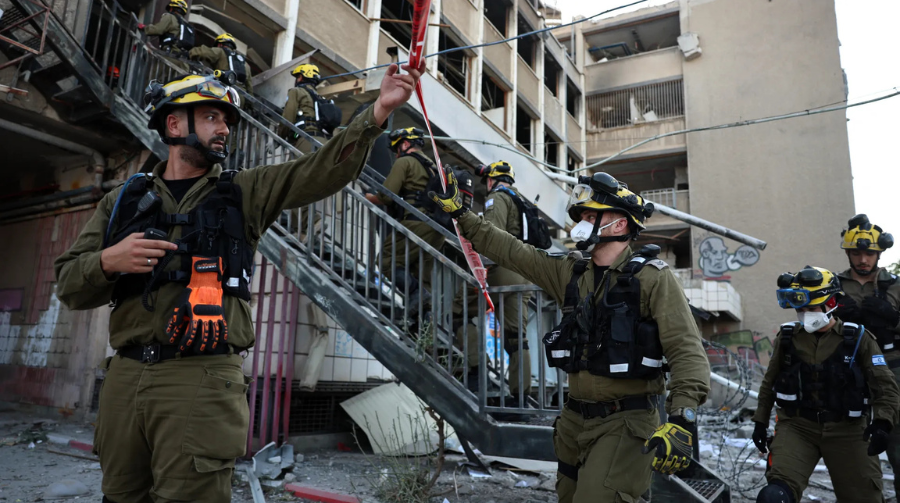
Israel’s Defense Minister, Israel Katz, has instructed the Israeli Defense Forces (IDF) to “respond forcefully” following Iranian missile launches that reportedly breached a U.S.-brokered ceasefire. Here’s where the situation stands:
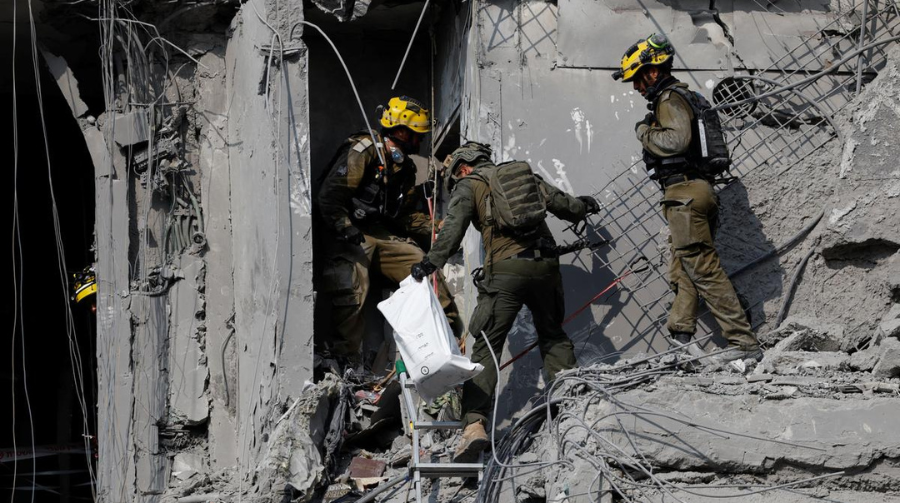
What’s Happened So Far
- Iranian Missile Fire
Iran launched multiple ballistic missiles toward Israel mere hours after a U.S.-backed ceasefire was announced by former President Donald Trump. Some missiles were intercepted, but others struck targets including residential buildings in Beersheba, causing fatalities and injuries - IDF’s Response Order
In reaction, Defense Minister Israel Katz confirmed he has ordered the IDF to “respond forcefully” with intensified strikes targeting regime-critical sites in Tehran - Ceasefire in Disarray
The initial ceasefire—intended by Trump to last 12 hours—was disrupted. Both sides continue hostilities despite official statements, with Israel hitting Iranian missile facilities and Iran retaliating with further missile and drone attacks
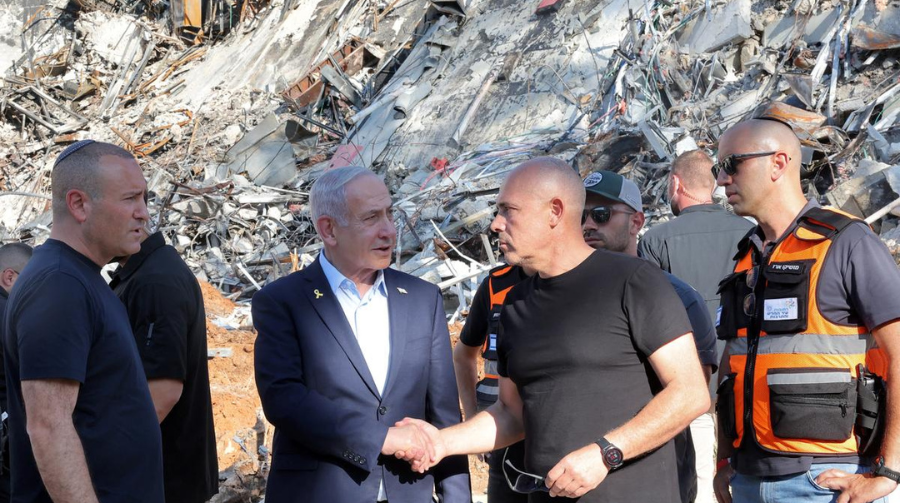
Immediate Impact
- Civilian Casualties
- In Iran: Follow-up Israeli airstrikes reportedly targeted Tehran’s nuclear-related sites and regime infrastructure, including Evin Prison, resulting in significant damage and reported casualties
- Regional Weaponization
Additional strikes were reported, including drone-launched missiles hitting U.S. bases in Qatar. The U.S. responded with strikes on Iranian nuclear installations

Geopolitical Backdrop
- U.S. Involvement
President Trump hailed the ceasefire as a diplomatic success. However, with hostilities continuing, U.S. forces engaged Iranian-led threats, triggering fresh strikes - International Concerns
Global leaders—including those from the EU, UN, and China—are urging restraint. The unfolding situation raises fears of a wider regional conflagration .
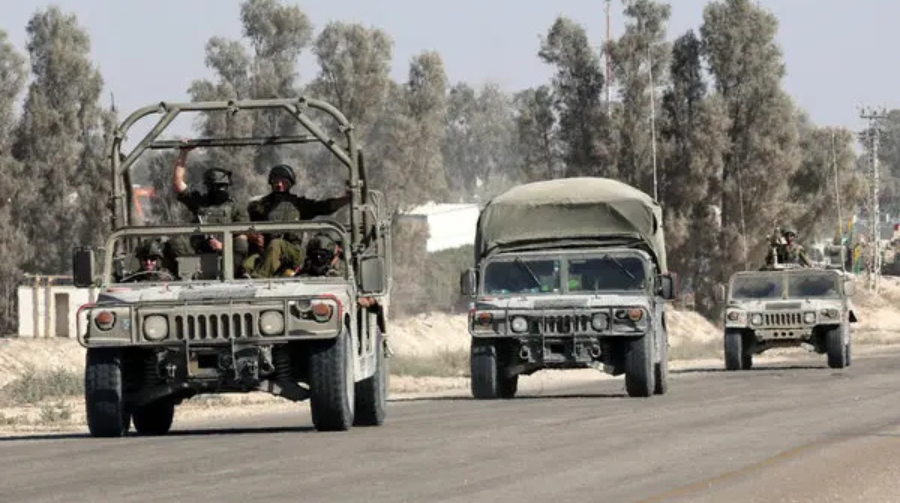
What to Watch Next
- IDF Operations – Will Israel follow through on Katz’s directive with large-scale strikes on Tehran?
- Missile & Drone Exchanges – More launches from Iran (or allies) could provoke further escalation.
- U.S. Military Posture – Monitoring how the U.S. responds to threats against its forces in the region.
- Ceasefire Viability – Despite official declarations, the situation remains volatile; Israel maintains high alert across civilian zones
News
Snake Charmers Release Snakes in Moving Train, Passengers Panic
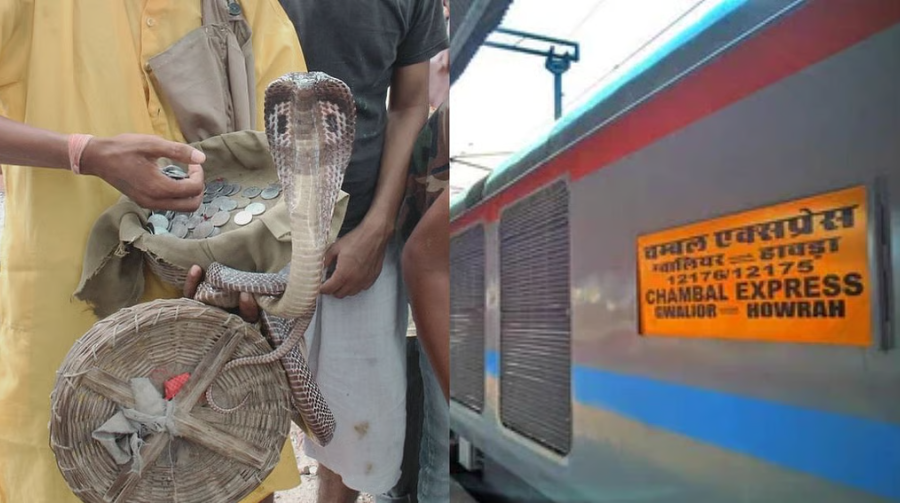
Snake charmers allegedly let loose snakes inside a moving passenger train in Uttar Pradesh, creating chaos and fear among commuters.
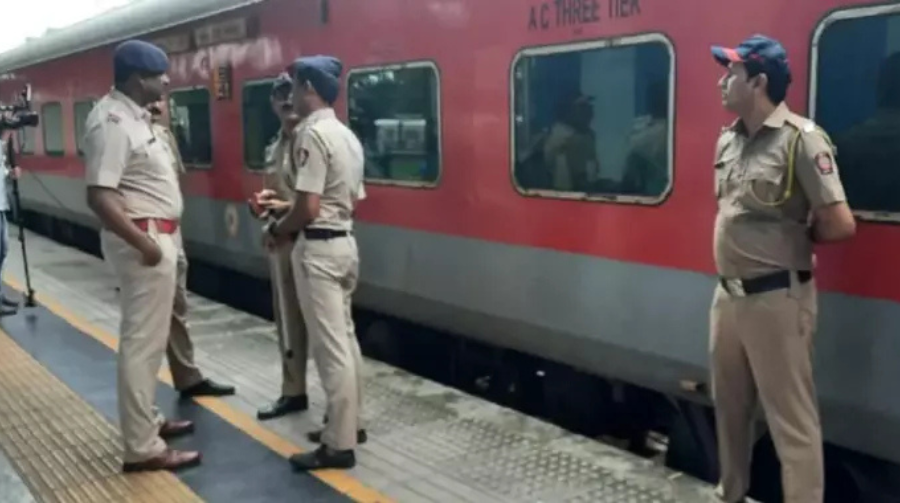
What Happened
- A group of itinerant snake charmers boarded the Chambal Express (Howrah–Gwalior route) in a general-class coach without tickets, requesting donations for their snakes
- When some passengers refused to pay, the charmers reportedly released cobras into the coach to intimidate them .
- A travel influencer onboard captured a chilling moment: the charmer waved a cobra near passengers—even using it to wake sleeping travelers

Passenger Reaction & Intervention
- Panic erupted as passengers hurriedly moved, some climbing seats, while fear spread through the coach
- After creating the disturbance, the charmers reportedly caught the snakes and escaped by jumping off near Mahoba station, leaving behind alarmed passengers
- According to local reports, Railway Police (GRP) conducted a thorough search, relocated frightened passengers, and filed a case against the unidentified charmers
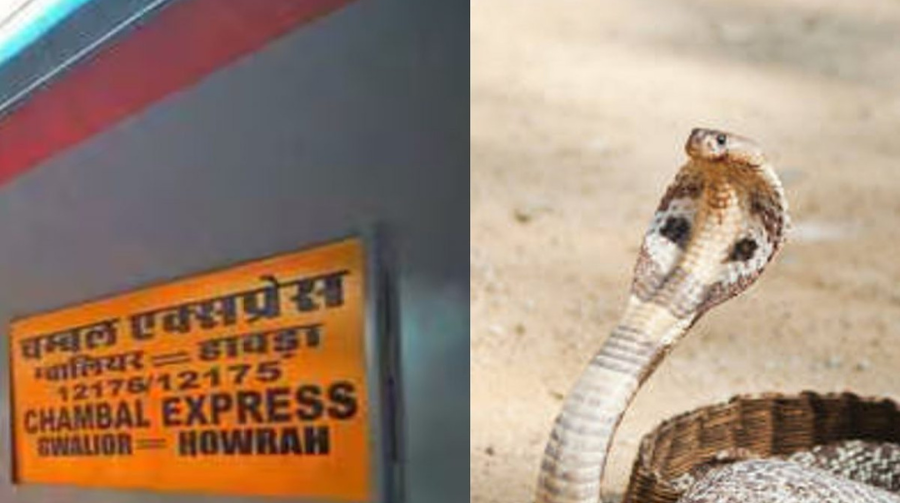
Broader Context
- Similar incidents have occurred in the past, including on the Jan Shatabdi Express, where a snake sighting caused panic and coach evacuation
- Snake charming is now largely illegal in India under the Wildlife Protection Act, 1972, but some performers still carry snakes—sometimes disabling venomous features—to maintain their act

Implications
- Passenger safety: Such stunts endanger lives and strain both commuters and railway staff.
- Policy enforcement: Highlights need for stricter Railway and Wildlife Act enforcement to prevent wildlife misuse.
- Increased surveillance: Suggests need for vigilance on general coaches and proactive patrolling by Railway Police.
-

 News1 month ago
News1 month agoEx-Cricketer Shikhar Dhawan Buys Ultra-Luxury Apartment Worth ₹69 Crore in Gurugram
-

 News1 month ago
News1 month agoIndia offers zero-for-zero tariffs on auto parts, steel from US
-

 Sports2 months ago
Sports2 months agoIPL 2025 Suspended: IPL suspended for only this many days? BCCI told when the tournament will start again!
-

 News2 months ago
News2 months agoOperation Sindoor Live Updates: Pakistan used Turkey-made drones to target 26 locations, military sites in north India
-

 News1 month ago
News1 month agoDefence Minister Rajnath Singh Arrives In Srinagar, To Review Overall Security Situation In J&K
-

 Sports1 month ago
Sports1 month agoWho will replace Virat Kohli at No. 4 for India in Test cricket?
-

 News2 months ago
News2 months ago24 airports shut, airlines issue travel advisories amid tensions between India-Pakistan
-

 Sports1 month ago
Sports1 month ago‘Will Remember Tears You Never Showed’: Anushka Sharma’s Emotional Tribute On Virat Kohli’s Retirement




